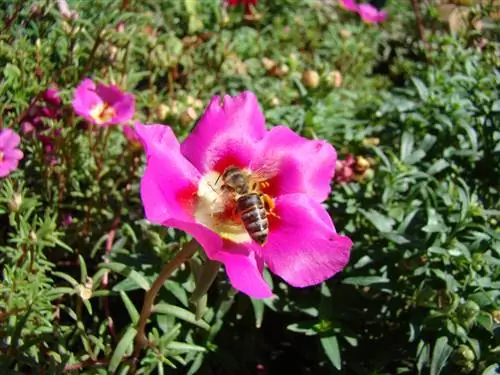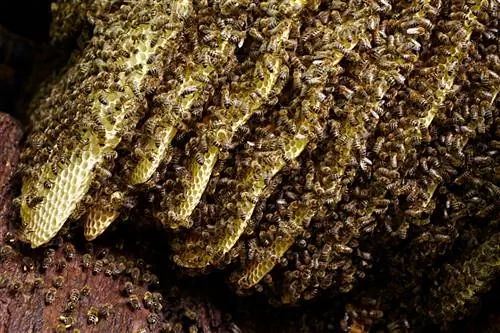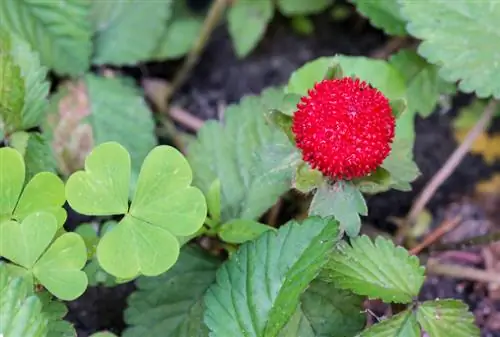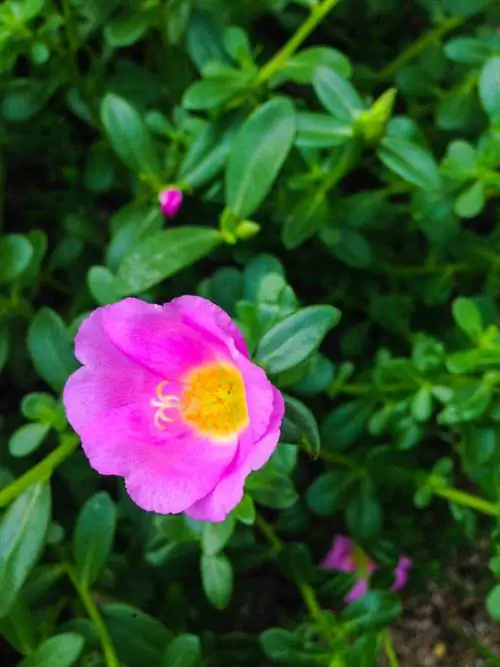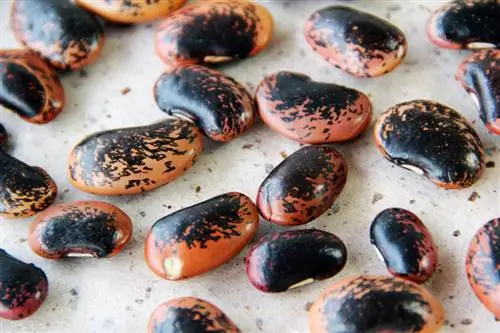- Author admin [email protected].
- Public 2023-12-16 16:46.
- Last modified 2025-01-23 11:20.
Flowers so colorful and beautiful that your eyes jump with joy. The purslane is particularly impressive with its floral blooms. It is not uncommon for gardeners to come up with the idea of eating this plant with its “skin and hair”. But is this completely harmless?
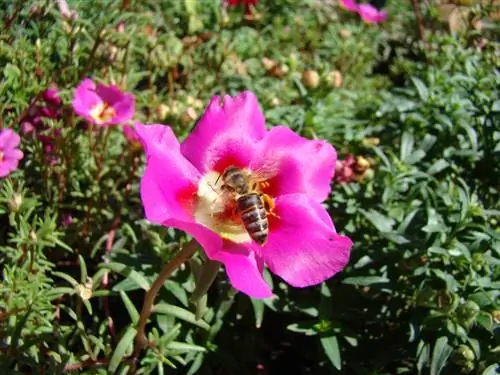
Is the purslane edible?
The purslane is non-toxic, but has little taste and should not be consumed in large quantities as it contains alkaloids and oxalic acid. The edible close relative is the summer purslane, which can be used in salads and other dishes.
Non-toxic, but not very delicate
This non-hardy summer flower, which is suitable for both the perennial bed and for pots on the terrace, for example, is not poisonous. However, that does not mean that it is popular to eat in large quantities. It is an ornamental plant and has little interesting taste.
Do not consume in large quantities
If you still feel like using the overwintering purslane, give the plant a try. But you shouldn't eat them in large quantities. It contains, among other things, alkaloids and oxalic acid. Both substances have a harmful effect on the organism in large quantities.
Do not confuse with its close relative, the summer purslane
Plant lovers who have not exactly studied botany sometimes incorrectly refer to the summer purslane as the purslane. But these are two different plants, although they are closely related.
Edible and medicinal flowers and leaves
If you are wondering whether your summer purslane is edible, the answer is clearly: yes. The flowers and leaves of this plant are edible and even extremely tasty. The small leaves taste slightly sour and release a kind of mucus when chewed.
The mucus and other active ingredients have a positive effect on digestion. But it's not just digestion that benefits from consuming this purslane:
- helps with eczema
- works against inflammation
- relieves the burning and itching of mosquito bites and horsefly bites
- helps with burns
- supplies the body with vitamins
- Prevents heartburn
What you can use the leaves and flowers for
You can add purslane to salads, but it also tastes excellent when eaten on its own and is not bitter at all. It is also suitable for enhancing quark and soups. Even lightly sautéed or blanched, its taste is not to be despised. The closed flower buds (from May) are considered a delicacy in some places and are used as a substitute for capers.
Tip
Individual flowers often add the finishing touch to dishes such as cold plates, salads and sweet desserts.

